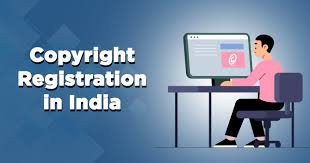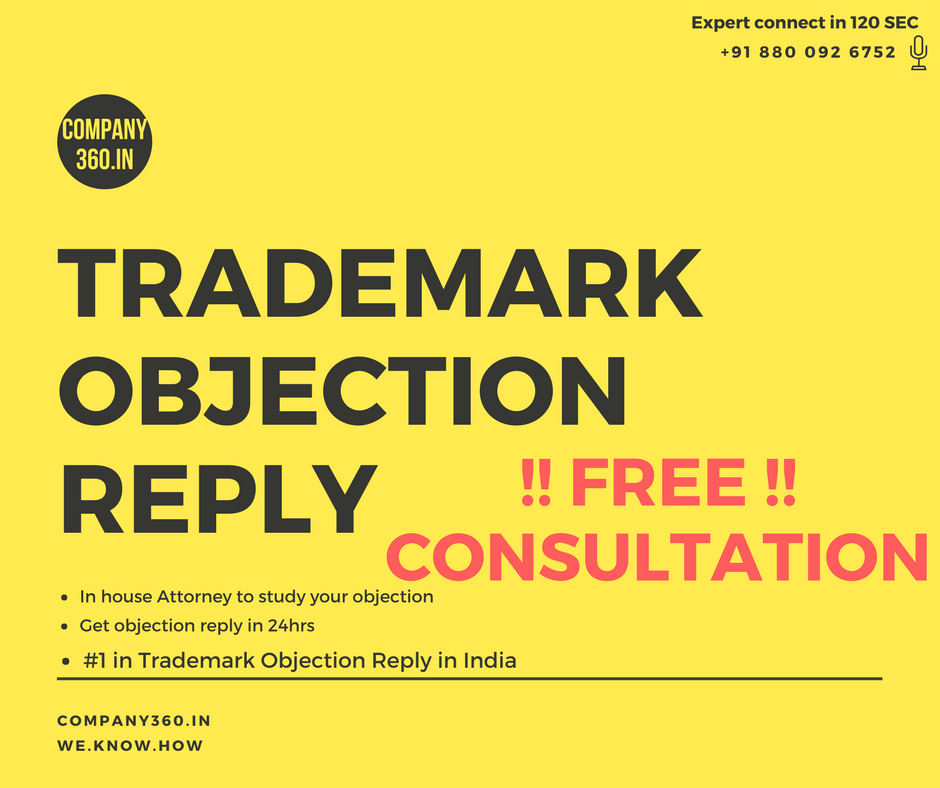[ad_1]
Why to file for Copyright Registration?
With the rampant growth of technology, the misuse of creativity, unethical use and
distribution of pirated work of artists are on a rise. With this, the importance of availing
copyright protection is emerging as the need of the hour.
As such, copyright is the protection granted to the expression of ideas. Such a kind of
protection enables the original authors, writers, directors, composers, designers, and others
covered under the copyright Act to retain their originality and also encourages others to
create or work upon their original and unique ideas. Copyright, being one among the other
intangible rights protected under law, does not entirely create a monopoly and restrict the
distribution of the works in its form as filed for registration per se. It, instead, grants
protection to the original copyright owner over others in the case of piracy or duplicity.
As per section 14, copyright is generally granted for artistic, musical, and dramatic works and
thereby includes computer programs, performer’s rights, sound recordings, chorographical
works, and cinematographic works.
The entire registration process may seem like a complex procedure but it is in fact easy once
you have a basic understanding of the steps involved. Read on to understand the procedure in
simple terms.
Before moving ahead, let’s understand who can apply for copyright registration in India?
The following are the persons who can apply for copyright:
The original creator of the work;
A person claiming to have obtained ownership rights from the creator; or
An agent authorized to act on behalf of the aforementioned persons.
Basically, book authors, song writers, singer, music creators, designers,
photographers, teachers etc. all those who create something original may file for
copyright.
The procedure of copyright registration are summarized as below-
1) Filing of application along with fees- getting the copyright application
number, also known as Diary number- Once the application form is filed, a
unique diary number is generated by the copyright office, with the help of
which a person can check the status of their copyright application. In case one
does not have a diary number, then the applicant can still check the status with
the help of the ROC number, name, or applicant’s title of work.
2) Examination: After the generation of the diary number, the applicant has to
wait for 30 days to record and analyse any objections that may be received
against the application.
If there are no objections, the application moves forward to the next step. It happens
when all the necessary information and proper documents are filed.
In the event that there are some discrepancies, the registrar sends a letter of
discrepancy to the applicant. Based on his reply, the registrar conducts a hearing.
After the hearing, when all the discrepancies are resolved, the extracts of the same are
sent to the applicant and the application moves to the next stage.
If at all objections are raised by someone, the registrar sends notice to both parties for
a hearing. If the objections are rejected, then the application moves to the next stage
as abovementioned. However, if the objections are not resolved, then the application
is rejected and the registration process comes to an end.
3) Registration
The last step in granting copyright protection is registration. At this stage, the registrar may
ask for some documents, and once completely satisfied, the registrar goes on to enter the
details in the register of copyrights and finally issue a certificate of registration.
The process of registration comes to an end when the registrar issues the extracts of the
register of copyright (ROC).
As discussed earlier, the applicant can check the status of the application at every stage. The
results of the application status will be displayed under the following headings:
Work awaited- It means that the copyright office has yet to receive the copies of the
work. The applicant is supposed to submit all relevant documents and work copies
within 30 days of applying for the application. Otherwise, the application can be
dismissed.
Waiting- This shows the period wherein after payment, the application is put on hold,
mandatorily for 30 days during which objections may be received. It also shows that
the registration fee has been processed successfully.
Documents not received, formality check failed- This shows that the necessary
documents or work have not yet been submitted. In such a scenario, a response needs
to be sent to the copyright office to rectify it.
Abandoned- If no reply has been filed after a discrepancy letter is issued, then the
application will be abandoned.
Scrutiny- If the application is not abandoned, then it is scrutinized by the copyright
examiner. This is the stage where the application is examined to determine if there is a
lack of distinctiveness or any incorrect details.
Discrepancy- This means the application is not in complete format and a letter will be
sent to the applicant by registered post if the examiner finds any discrepancies.
Re-scrutiny- Following the receipt of the response to the discrepant letter, the
application is re-evaluated. Here, the applicant even gets a chance to prove the
uniqueness of his work.
Pending for hearing- After re-evaluation, if the registrar wishes to know more about
the work or is doubtful of any details, he can call for a hearing.
Hearing- The registrar at this stage hears the objections received.
Sub-judice- This stage notifies that the application in question is pending subject to a
decision of the competent court of law.
Registered- Finally, the ROC is generated by the registrar and it will be sent to the
applicant by registered post.
Once the certificate is issued, the applicant becomes eligible to use the mark © on all his
unique work that has received protection. Thus, it is necessary for the applicant to check the
status of his application at every stage and respond properly when required to complete the
registration process in an efficient manner.
Share this:
In case you have any query related to this topic, you may drop in an email at info@company360.in or givs us a call at +91 9643340938
Write for Company360.in
and be famous fill this simple form and our team will contact you.
[ad_2]
Source link










